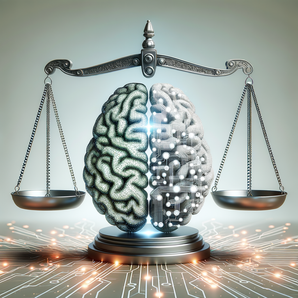Understanding the CCPA Draft Rules on AI and Automated Decision-Making Technology
Understanding the CCPA Draft Rules on AI and Automated Decision-Making Technology
The California Privacy Protection Agency (CPPA) has recently made public a series of preliminary regulations regarding the utilization of AI and automated decision-making technologies. With the aim to inform and provide a clearer overview to the general public and professionals alike on these matters, we have gathered the key aspects of these CCPA Draft Rules, you should be aware of.
From its inception to now, the rapid advancement of artificial intelligence and automated decision-making technology has posed new and unique challenges concerning data privacy and security. Understandably, the lack of specific regulations in this sector dissociated the public's trust. It is within this context that the CPPA has decided to assemble and enact these rules actively.
However, rather than seeing this as a form of restriction, one could consider these draft rules as the much-needed bridge to align all entities – from AI developers to the end-users. It stimulates an environment that cultivates trust and understanding of these complex technologies, and in turn, can facilitate further innovation in this field.
It will be insightful to see how the implementation of these regulations will affect the development and adoption of AI and automated decision-making technologies. Nevertheless, what is evident is that there is a commendable effort by the CPPA to safeguard the rights and interests of consumers while fostering a thriving landscape for further innovation.
Disclaimer: The above article was written with the assistance of AI. The original sources can be found on IBM Blog.




